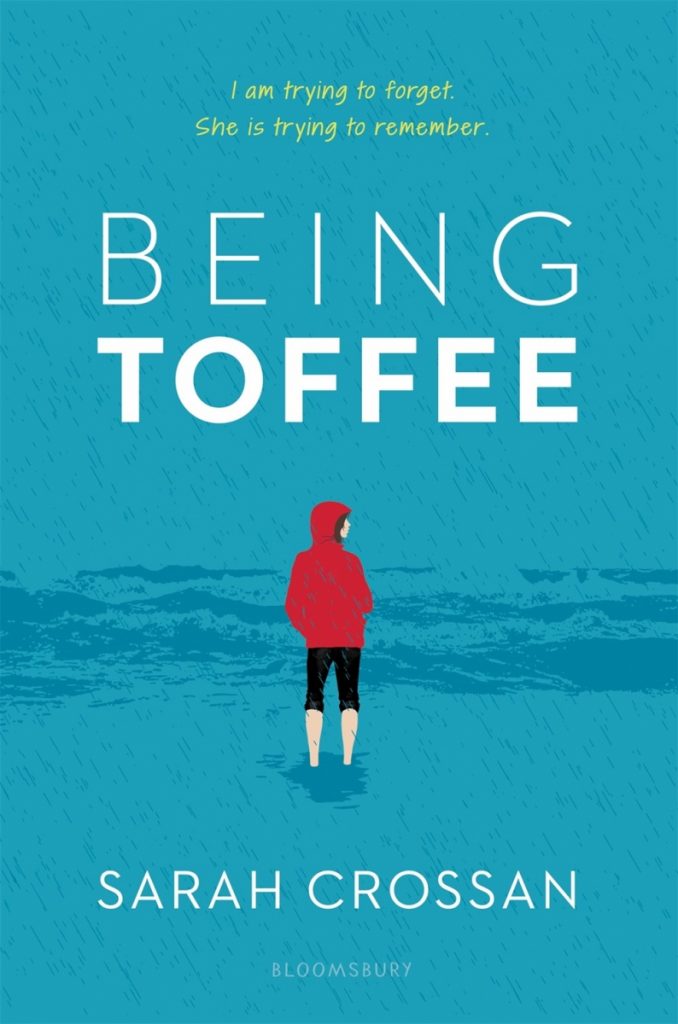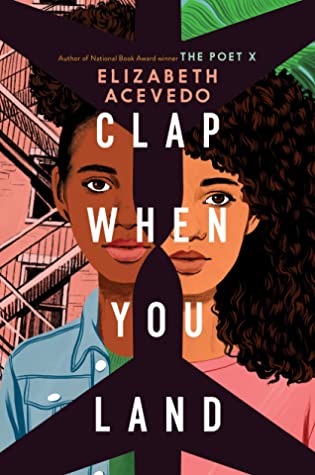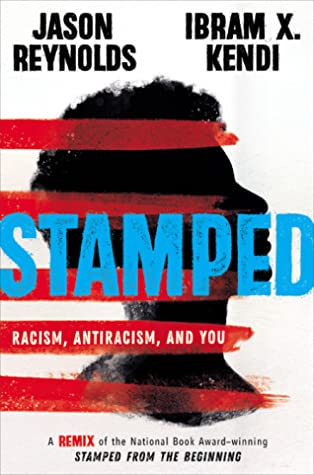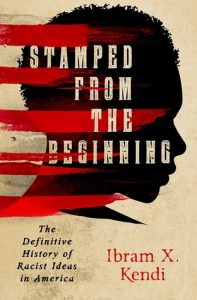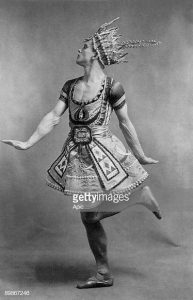Ashley is a wealthy black high school senior when the 1992 Los Angeles riots break out following the police beating of Rodney King in “The Black Kids” (Simon & Schuster 2020) by Christina Hammonds Reed. Ashley hangs with the popular white cheerleader and athlete types headed by Kimberly and her boyfriend Michael and ignores the handful of black kids at school.
Kids” (Simon & Schuster 2020) by Christina Hammonds Reed. Ashley hangs with the popular white cheerleader and athlete types headed by Kimberly and her boyfriend Michael and ignores the handful of black kids at school.
Afterall, she’s rich like her white friends. The girls try to stand up to their sometimes-dismissive boyfriends. Ashley says, “Just because sometimes our music comes wrapped in glitter doesn’t mean it’s empty.” For readers who have problems with swearing, I warn you that these kids swear just like most of today’s kids. Seems real to me.
Ashley’s big sister, Josephine (named after Josephine Baker) is secretly married to a white man and is the only family member who seems to have a social conscience or feel a need to be politically active. The family frets that Jo is endangering herself in the city while protesters loot and burn stores. But Jo has always been dramatic, in Ashley’s eyes—always too sensitive.
Lucia, the sisters’ Latina nanny and best friend says of Jo, “Your parents don’t know what she’s so sad about. Sadness for them is a cause and effect, not simply a way to be.”
The reader is reminded that this isn’t contemporary, only when the characters talk about records on turntables, cassette tapes—and the fact that they don’t have cellphones.
Things rev up when LaShawn, the black scholarship athlete at their private school takes notice of Ashley. But Ashley is going to prom with Trevor, one of her white crowd. The riots are ramping up, Jo is in more and more danger, the family is increasingly worried, while “good girl” Ashley is making a couple big mistakes. She’s paying way too much attention to Kimberly’s boyfriend Michael and she wonders aloud to her group where LaShawn got his brand new Jordan sneakers. A rumor starts about LaShawn and looting. Eventually a rumor will start about Ashley being slutty.
In the meantime we’re introduced to Ashley’s cousin, Morgan, and her father’s brother Ronnie. That’s the poor side of the family that Ashley’s family has forgotten. But they live downtown in the path of the burning and looting where they also own a vacuum repair shop inherited from their grandmother, the family-legend, Shirley. It turns out that Shirley’s family—their family— survived the Tulsa, Oklahoma riots of 1919 and sought refuge in LA afterwards.
Ashley wonders why she’d never heard these stories. Well, her parents wanted better for their kids. They wanted them to be kids without worries, to have a carefree childhood. This seems reasonable, but now they’re all paying the price—and it’s a big price. Ashley comes of age as a young black woman and brings her family with her in this eye-opening book—a story that shows we haven’t made nearly enough racial progress in the last three decades or even the last century.
Patricia Hruby Powell is the author of the award-winning Josephine; Loving vs Virginia; and Struttin’ With Some Barbecue and the new Lift As You Climb. She teaches community classes in writing at Parkland College. talesforallages.com

